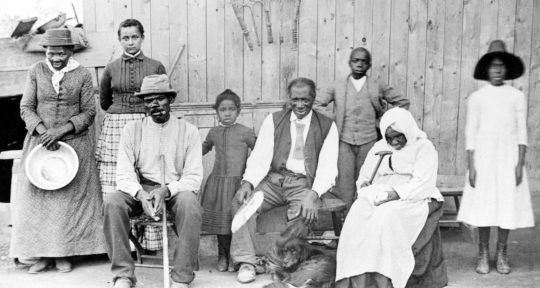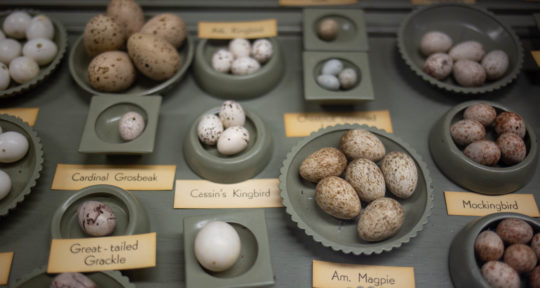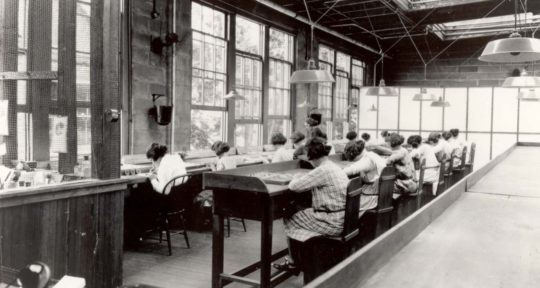Most people are familiar with Rosie the Riveter, thanks to the iconic, WWII-era “We Can Do It!” poster. Not every piece of morale-boosting company propaganda strikes such a chord that it endures several decades—but it helps that there’s something really admirable about the story and that it’s still relatable, even today.
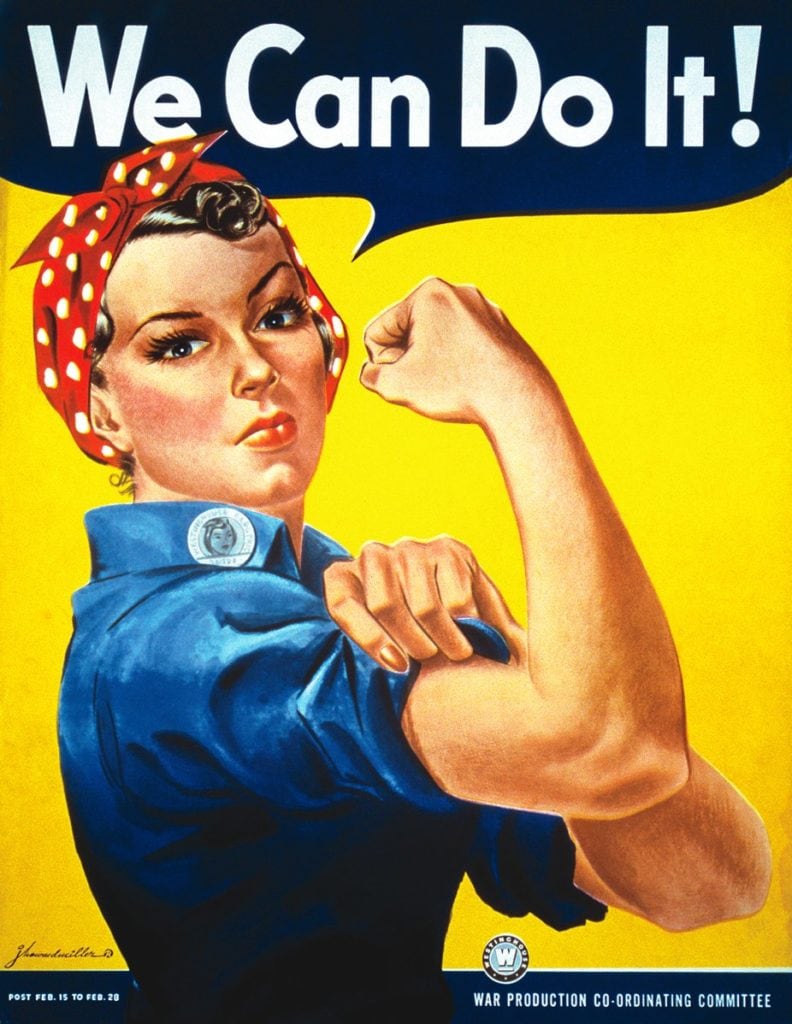
“Rosie the Riveter” was originally a character from a 1942 song, written by Redd Evans and John Jacob Loeb, about a tireless assembly line worker working in a factory to support the war effort. The song was a huge hit, no doubt thanks to the women who worked in factories and plants during World War II to fill the gaps left by the men who went to war. The number of working American women increased, according to some estimates, from 12 million to 20 million between 1940 and 1944.
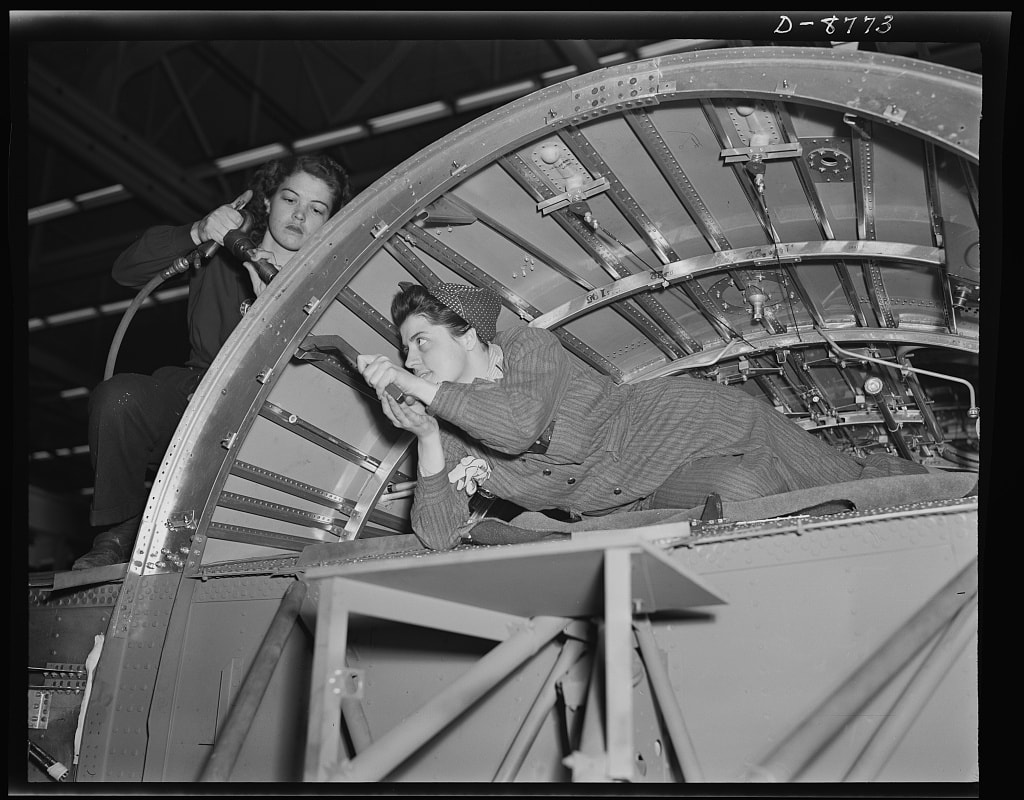
The song’s Rosie allegedly drew inspiration from several sources, including a Convair factory worker named Rosie Bonavitas—although the concept of Rosie closely resembles Canada’s poster girl for the women-in-the-war effort, who was a woman named Veronica “Ronnie the Bren Gun Girl” Foster.
Rosie could also have been inspired by Rosalind P. Walter, who came from old Long Island money but still decided to pitch in and work the night shift at a factory. She allegedly broke speed records on the assembly line and advocated for equal pay for female workers. Later in life, she became a well-known philanthropist and advocate for helping disadvantaged youth and for wildlife preservation and land conservation.
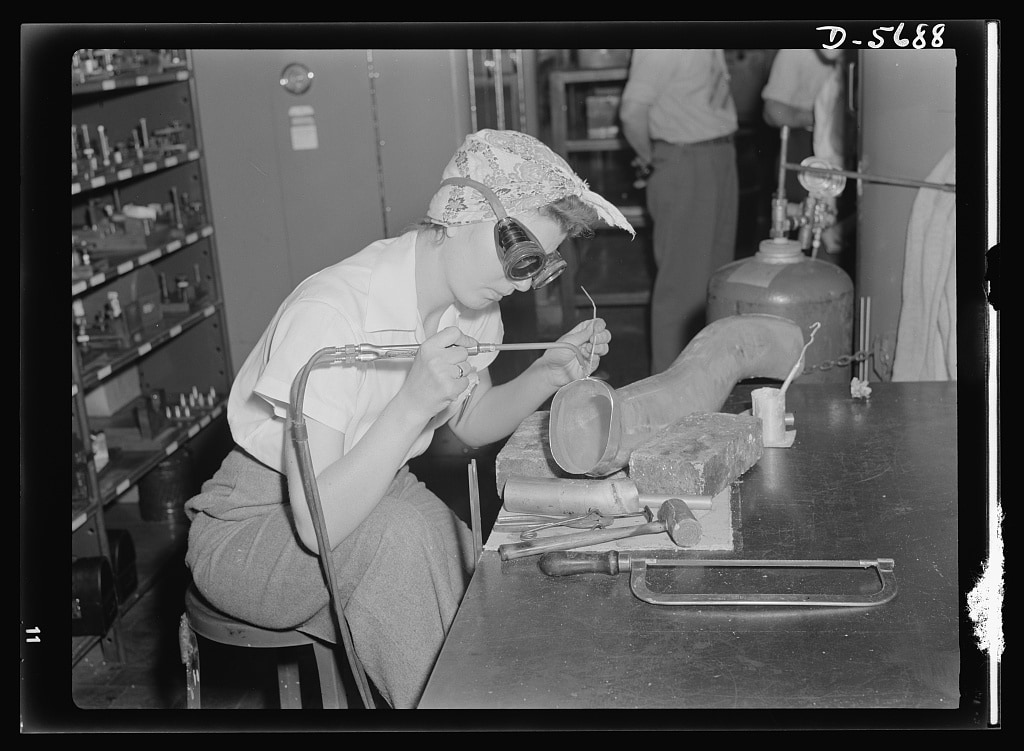
After the song blew up the charts, it became closely associated with Rose Will Monroe, who was asked to star in a promotional film about women and the war on the homefront (which, at one point, describes the ladies’ work as “competent”) because she most closely resembled the Rosie in the song.
Monroe had moved from Kentucky to Ypsilanti, Michigan, where she worked as a riveter building bombers for the Air Force at the Willow Run Factory. She was generally a total badass—eventually she went from building planes to flying them, a lifelong dream of hers.
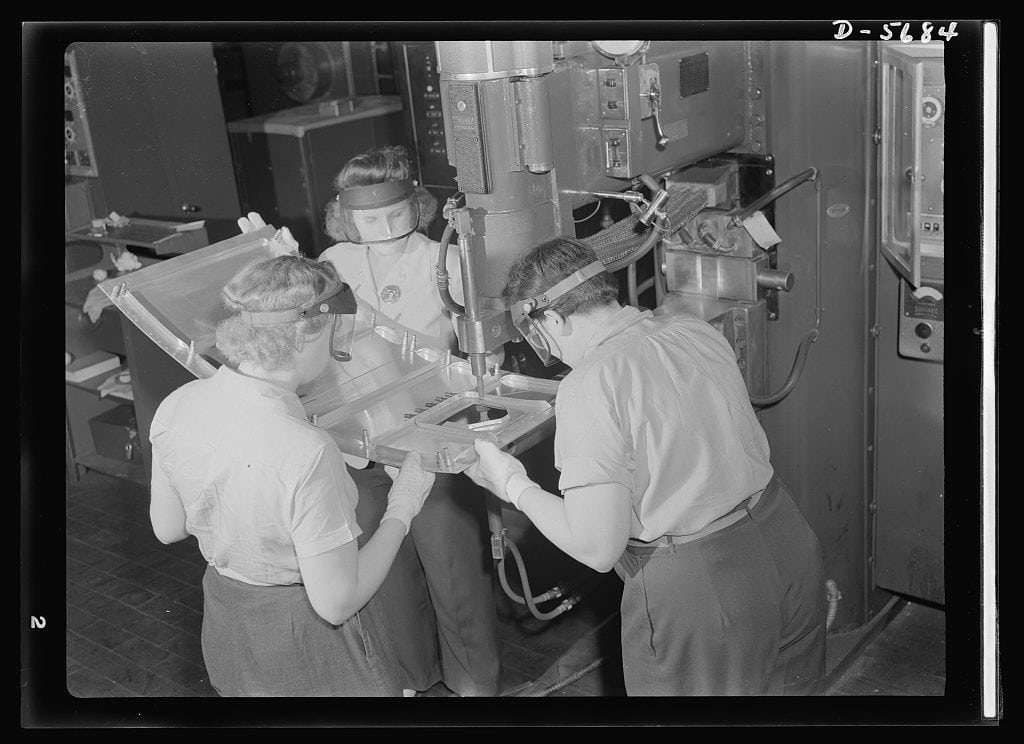
Saving Willow Run: Rosie the Riveter’s Factory
The Willow Run factory where Monroe worked was one of the largest and busiest in all of America during the war, with its mile-long assembly line capable of cranking out one B-24 bomber every 63 minutes, totaling over 9,000 planes between 1941 and 1945 on an assembly line that was more than a mile long.
So many women moved to the area to work at the massive factory that there was actually a housing shortage. Willow Run became more than just a factory—it was, for many of the women, a community. Naturally, after the war ended, there was no need for that many warplanes, so the factory was transitioned to a car manufacturing plant for General Motors. For almost 50 years it continued to manufacture cars and parts until it shut down in 2010.
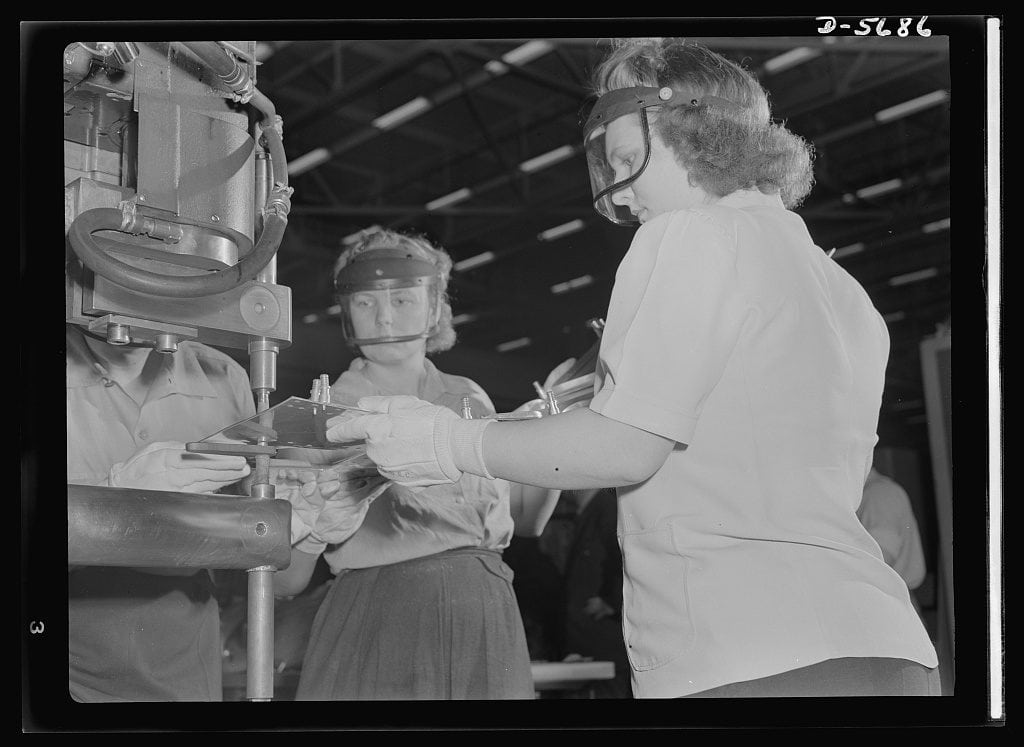
The factory went up for sale after GM filed for bankruptcy and its fate was in peril until a 144,000-square-foot
The new museum will join the Rosie the Riveter WWII Home Front National Historical Park as one of the few places dedicated to honoring the millions of women who stepped up during the war effort and proved that they could do more than just be homemakers. Make a donation and follow updates on the Willow Run Project at
A version of this story was first published on October 30, 2014.

